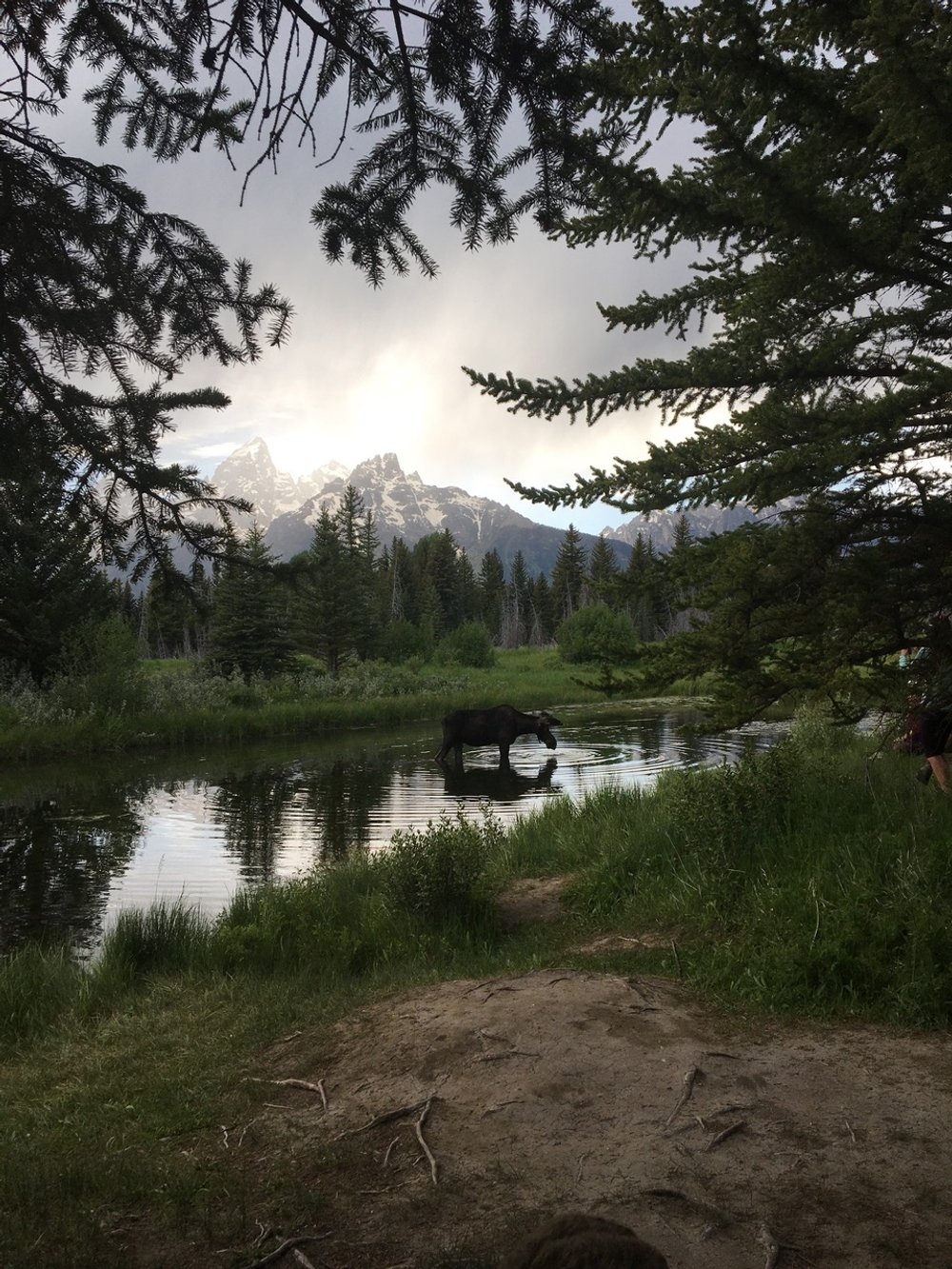Temperature
At what temperature must one be
Before they see a doctor?
For some it might be one hundred three;
Temperature one can’t ignore.
© Forrest W. Heaton February 2022
If one of our kids or grandkids had a temperature of, say, one hundred three, there’s a good chance we’d take her/him to the doctor to see what’s wrong and plan treatment. Why, then, don’t we do the same for our Earth, our only home? For years, her fever has been inching up. She is sick and needs treatment! Yet, many in a position to help rectify: . . . Ignore. . . Deny. . . Distract. . . .
It is understandable how political leaders worldwide could have reset their priorities from climate change to the unmitigated tragedy of the Russian invasion and destruction of Ukraine and its peoples. Nevertheless, the climate change issues continue unabated, even accelerating. Earth IS our only home. As Greta Thunberg and countless others have learned, we 7.8 billion people, each of us, must include as many as possible of climate change remedies in our daily actions.
First, it is necessary to admit that the heating of our planet is an existential problem. Greenpeace advises: “Climate change is a fight for life itself.” Second, it is necessary to admit that the burning of fossil fuels for energy and transportation are the primary man-made reasons our planet is heating. Third, it is important to identify the “we”. Who is producing the most greenhouse gases? We are! As Pogo says: It is us! Researchers have identified that “the wealthiest people in the United States have an astonishingly large climate footprint, far larger than rich people in wealthy, industrialized Europe and in fast-rising China.” Thus, “a small number of relatively wealthy people can make a very big difference”. (NYT Climate Forward 28Feb23)
So, let’s talk about today, Earth Day, and, in the process, some remedies for the climate change that threatens our futures on this planet. Today, 22 April, is, if our math is correct, the fifty-third Earth Day—fifty-three times we’ve stopped, if ever so briefly, to think how absolutely wonderful is our Earth AND what are a few things we can do to help her nurture our grandchildren and their grandchildren?
-Partnership. A key thing you can do is invest in the partners who spend almost every waking hour in trying to correct the situation. They have the professionals who know where and with whom to spend their time. They know what has to be done. But they can’t do it alone. Whereas there are many that fit this bill, we’ll give you three: The Nature Conservancy, Earthjustice, and the Natural Resources Defense Council. These organizations are working to “turn the tide on protecting the planet”. Donating will help them do just that.
-Congress. When you write your House Representative and two Senators with explicit instructions on what is important to you and what you wish her or him to support or do, they have a better chance of doing what you want them to do. Writing this administration will help inspire their “all-of-government” approach to climate change—an administration who “deeply understand(s) the climate crisis and the need to act on it”. And, vote knowing the candidate’s environmental position.
-Energy. We are encouraged to use energy wisely, cut back on flying, leave the car at home, walk, bike, use public transport, turn off some lights, buy/use an electric or hybrid vehicle. Carpool when you can. Encourage the switch to renewable energy.
-Food. Eat plant based, eat less meat and dairy, eliminate waste, compost food, throw away less or none, work to eliminate single use plastics, buy your own water bottle, hydrate, plan ahead, buy foods that have a positive impact on the environment, eat organic and seasonal, use your freezer. It has been estimated that choice of foods can have a 75% impact on climate change.
-Stuff. Ignore disposables. Buy lasting products. Buy locally grown and made products. Meet virtually. Reduce, reuse, repair, recycle. Assure your savings are invested in environmentally sustainable businesses. Protect plants, insects and other creepy-crawlies. Join an Outward Bound course. Visit a national park and talk with a ranger. Become more knowledgeable about biodiversity. Talk to family and friends. Speak up. There’s more, but this is a good start.





















